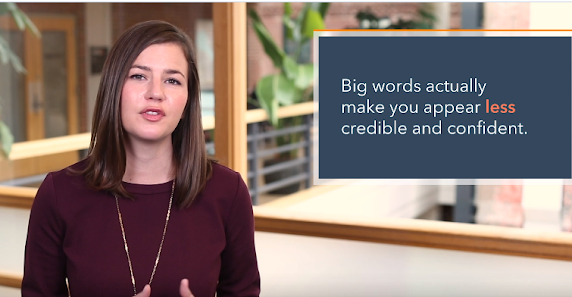By Ariella Brown
Always, always go to the source cited to judge how relevant it is. That's my rule of thumb -- not just for my journalistic work but even for my content marketing. And it never ceases to amaze me how many people don't bother with that even while positioning themselves as authorities on the subject.
.gif) |
I knew I'd regret it, but I gave into temptation and clicked on an article with the title "How to Write Headlines That Grab Attention and Convert"
It gave the usual advice that most seasoned writers already know, including writing the title only after you've finished writing the article, being specific but not giving everything away, etc.
But it also sought to add insight taken) from "Data Driven Strategies for Writing Effective Titles & Headlines," the 28 page report put out by HubSpot and Outbrain.
Instead of putting in the title and link properly as you should do for anything you cite, it introduced the information this way:
Lessons from a 3-Million Headline Study
HubSpot and Outbrain analyzed more than 3 million paid link headlines from Outbrain’s network of 100,000+ publisher sites to find out what kinds of headlines can increase CTR, reader engagement and conversions, and this is what they found:
It then proceeded to share stats and insights from that study for the next 16 paragraphs. (I'm not exaggerating; I counted them). Despite drawing heavily on the study, the article never puts in a link to it.
In fact, it never even shares the title, which made it a bit more difficult to find. But I am nothing if not persistent when it comes to research and tracking things down.
I located the original source, which says that it was based on headlines in the time period of 2013-2014. That's right, the data is form nearly 10 years ago. In the world of online content, I wouldn't bank on anything more than two years old to still be current.
So why did the writer of an article published in August 2023 not include the link? It's possible that he deliberately intended to obscure that bit of historical context by not linking directly to the source. What's more likely, though, is that he came across another secondary source that cited those figures and takeaways and so didn't even know when the original study came out.
Unfortunately, that is often the case for writers who just go with the first Google result, which is more-often-than-not not the original source. You have to dig more to get the source in context.












